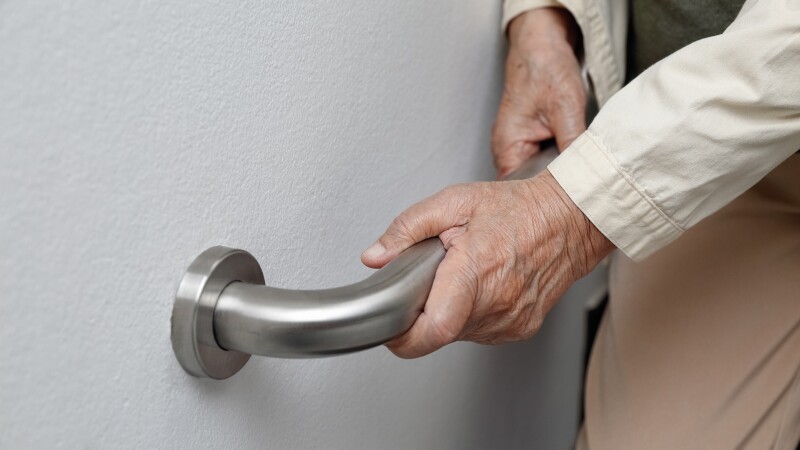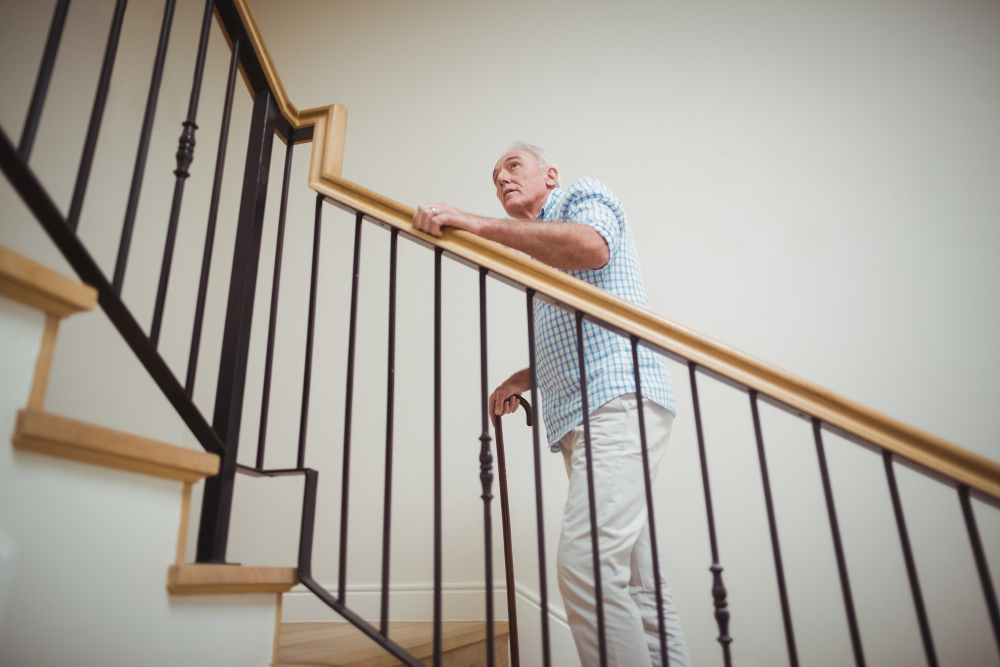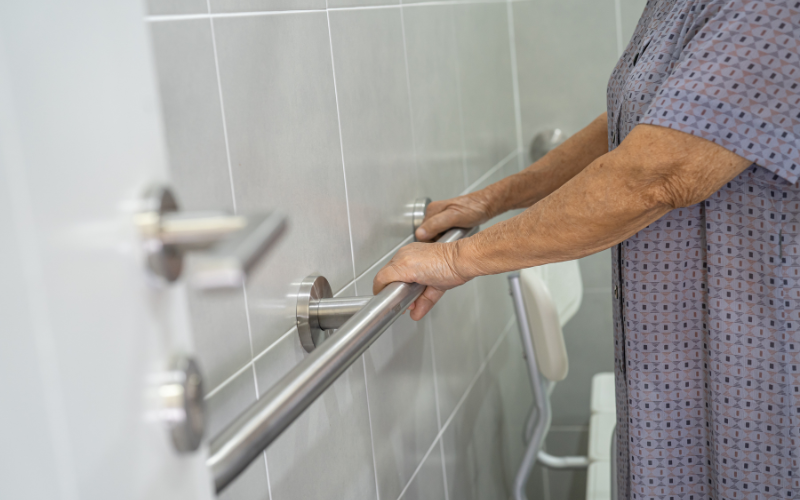Creating a safe environment is essential, especially when it comes to fire safety in elderly kitchens. As our loved ones age, the kitchen can become a potentially hazardous area if not properly managed. By focusing on fire safety, we can help protect elderly family members and provide peace of mind for caregivers.

Understanding Fire Risks in Elderly Kitchens
As people age, physical limitations and cognitive changes can increase the risk of kitchen fires. It’s crucial to identify and understand these risks to implement effective safety measures. The kitchen is a common area for fires, often due to unattended cooking, which is a leading cause of home fires.
Common Causes of Kitchen Fires
Several factors contribute to fires in the kitchen. These include leaving cooking unattended, forgetting to turn off appliances, and flammable items being too close to heat sources. Ensuring that these common causes are addressed can significantly reduce the risk of fires.
Key Elements of Fire Safety in Elderly Kitchens
Implementing fire safety measures in the kitchen involves a combination of equipment, awareness, and habits. These elements work together to create a safer cooking environment for the elderly.
Installing Smoke Detectors
Smoke detectors are vital in providing early warnings of fires. Ensure they are installed in the kitchen and tested regularly. Consider using alarms with strobe lights or bed shakers for those with hearing impairments.
Utilizing Fire Extinguishers
Having a fire extinguisher readily accessible in the kitchen can prevent a small fire from becoming a large one. It’s important to choose an extinguisher that’s easy for elderly individuals to use and to provide training on its proper use.
Safe Cooking Practices
Encourage safe cooking habits such as staying in the kitchen while cooking, using timers, and keeping flammable items away from heat sources. These practices can significantly reduce the likelihood of fires.
Adapting the Kitchen for Fire Safety
Making modifications in the kitchen can further enhance fire safety. These changes should focus on reducing hazards and making the kitchen user-friendly for elderly individuals.
Organizing the Kitchen Layout
Arrange the kitchen to minimize the need for reaching over heat sources. Keep frequently used items within easy reach to prevent accidents.
Using Safe Kitchen Appliances
Consider replacing old appliances with models that have safety features like automatic shut-off. Induction cooktops are a great option as they remain cool to the touch, reducing burn risks.
Ensuring Proper Lighting
A well-lit kitchen can prevent accidents by improving visibility. Ensure that task lighting is adequate, especially around cooking areas.
Training and Awareness
Education plays a critical role in fire safety. Both the elderly and their caregivers should be aware of potential risks and know how to respond in the event of a fire.
Conducting Fire Drills
Regular fire drills can help elderly individuals become familiar with evacuation routes and procedures. Practice can make a significant difference in an emergency situation.
Educating on Emergency Responses
Knowing how to respond quickly and effectively to a fire is crucial. Teach the elderly how to use a fire extinguisher and establish a clear plan for what to do when a fire occurs.
Incorporating Technology for Fire Safety
Technological advancements offer new ways to enhance fire safety in elderly kitchens. From smart devices to alert systems, technology can provide additional layers of protection.
Smart Home Devices
Smart home devices like smoke alarms that send alerts to mobile devices can be beneficial. These systems can notify family members or caregivers if there is a potential fire hazard.
Automatic Shut-Off Systems
Installing automatic shut-off systems for stoves and ovens can prevent fires by ensuring appliances are turned off if left unattended. These systems are particularly useful for elderly individuals who may forget to turn off appliances.
Collaborating with Family and Caregivers
Family members and caregivers play a vital role in maintaining fire safety in elderly kitchens. Communication and collaboration are key to creating a safe environment.
Regular Safety Checks
Conduct regular checks to ensure that all safety measures are in place and functioning correctly. Family members should also be involved in these checks to ensure nothing is overlooked.
Supporting Healthy Habits
Encourage the elderly to adopt healthy cooking habits and routines that prioritize safety. Support from family can reinforce the importance of these practices.
Conclusion
Ensuring fire safety in elderly kitchens is an ongoing process that requires attention to detail and commitment from both the elderly and their caregivers. By implementing the strategies outlined above, we can significantly reduce the risk of fires and create a safer environment for our loved ones.

FAQs
What are the most common causes of kitchen fires?
The most common causes include unattended cooking, forgetting to turn off appliances, and having flammable items too close to heat sources.
How can technology help with fire safety?
Technology such as smart home devices and automatic shut-off systems can enhance fire safety by providing alerts and preventing unattended cooking.
Why is it important to have fire drills?
Fire drills help elderly individuals become familiar with evacuation routes and procedures, improving their response in an emergency situation.
For more information on making a home safe for aging individuals, visit Aging in Place.
Explore other safety tips like Front Door Safety for seniors and Living Room Fall Prevention.
This article contains affiliate links. We may earn a commission at no extra cost to you.






